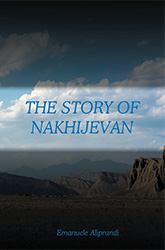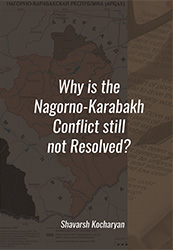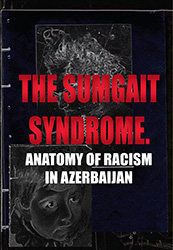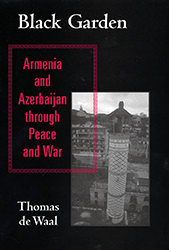Emanuele Aliprandi “The Story of Nakhijevan”, 2016
“The Story of Nakhijevan”

By Emanuele Aliprandi
MIA Publishers, Rome 2016
Historically, Nakhijevan has been one of the most prosperous regions under the rule of all Armenian kingdoms. Since the early history of the Armenian people until the 20th century, Nakhijevan was famous as a highly developed spiritual and cultural centre. In pre-Christian times the singers of Nakhijevan’s Goght’n province were very famous throughout Armenia. Then, in the early Christian period, the fi rst Armenian churches were founded in various areas of Nakhijevan. In this region, Mesrop Mashtots and his disciples preached and taught, gradually coming to the conclusion that Armenians needed their own alphabet. During the following centuries Nakhijevan became famous in one of the most signifi cant spheres of Medieval Armenian culture, that is. crafting stone crosses (khachkars).

















